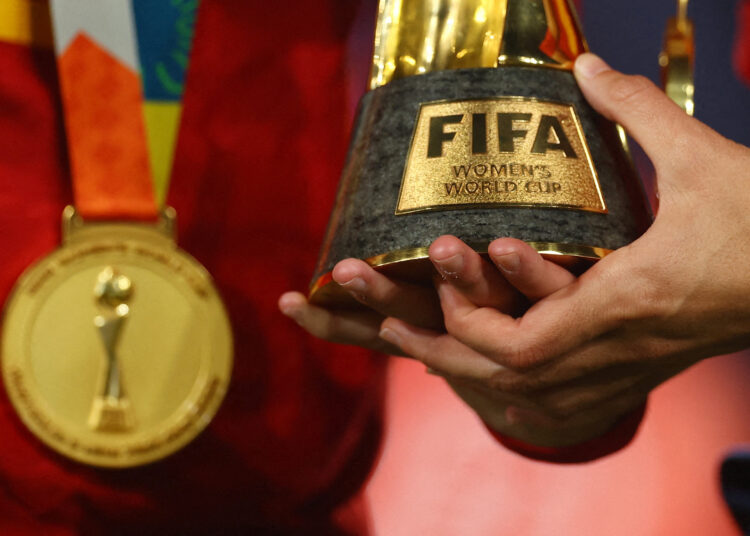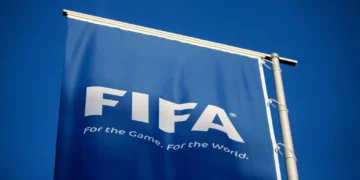The road to the 2026 World Cup is rapidly filling up, with the field of contenders now boasting 30 confirmed nations following the latest round of qualifiers.
The tournament, set to be the largest in history across the United States, Canada, and Mexico, is already promising a thrilling blend of traditional powerhouses and exciting new faces.
The most recent team to stamp their ticket was France, who delivered a commanding statement in a 4-0 victory over Ukraine on Thursday night.
Superstar Kylian Mbappé led the charge with a brace, supported by goals from Michael Olise and Hugo Ekitike, ensuring Les Bleus will return to the global stage with ambition.
In a significant development from UEFA’s Group I, Norway’s 4-1 triumph over Estonia has all but mathematically sealed their qualification, pushing European giants Italy to the brink of missing out and signaling a potential shift in the continental hierarchy.
Co-hosts, the United States, Canada, and Mexico were granted automatic qualification, providing a strong CONCACAF core to the tournament.
However, the true story of the qualifiers so far has been the remarkable success of debutant nations. Cape Verde, Jordan, and Uzbekistan have all made history, securing their first-ever World Cup appearances and ensuring the 2026 edition will introduce new stories to a global audience.
The qualified teams, representing a truly global spread, are as follows:
AFC (Asia)
A mix of established Asian powers and a historic newcomer will represent the continent. Perennial qualifiers like Japan, South Korea, Iran, and Saudi Arabia are joined by Australia and host nation Qatar.
The standout story is the dual debut of Jordan and Uzbekistan, both set to bring fresh energy and passionate support to the tournament.
CAF (Africa)
The African contingent is as formidable as ever, led by 2022 semi-finalists Morocco. They are joined by North African rivals Algeria, Egypt, and Tunisia, alongside West African powerhouses Ghana, Ivory Coast, and Senegal.
South Africa also returns, while the incredible journey of Cape Verde—a tiny island nation qualifying for its first World Cup—stands as one of the most inspiring narratives of the entire qualifying cycle.
CONCACAF (North & Central America)
The host nations—Canada, Mexico, and the United States will look to leverage home-field advantage in their quest for glory.
CONMEBOL (South America)
The continent’s usual suspects have navigated a grueling qualification marathon. Defending world champions Argentina lead the charge, joined by arch-rivals Brazil. They are accompanied by Colombia, Ecuador, Paraguay, and Uruguay, making for a formidable South American delegation.
OFC (Oceania)
As has been the case in recent tournaments, New Zealand comfortably emerged from the Oceania region to claim their place.
UEFA (Europe)
The European field is taking shape with familiar heavyweights. England and the newly qualified France bring immense star power and title ambitions. Norway, with their recent success, adds a new, potent threat to the mix.
With several qualification spots still to be decided in the coming months, the final picture of the 48-team tournament is not yet complete.
But one thing is already clear, the 2026 World Cup is set to be a historic, globe-spanning celebration of football, blending the familiar with the brand new.





